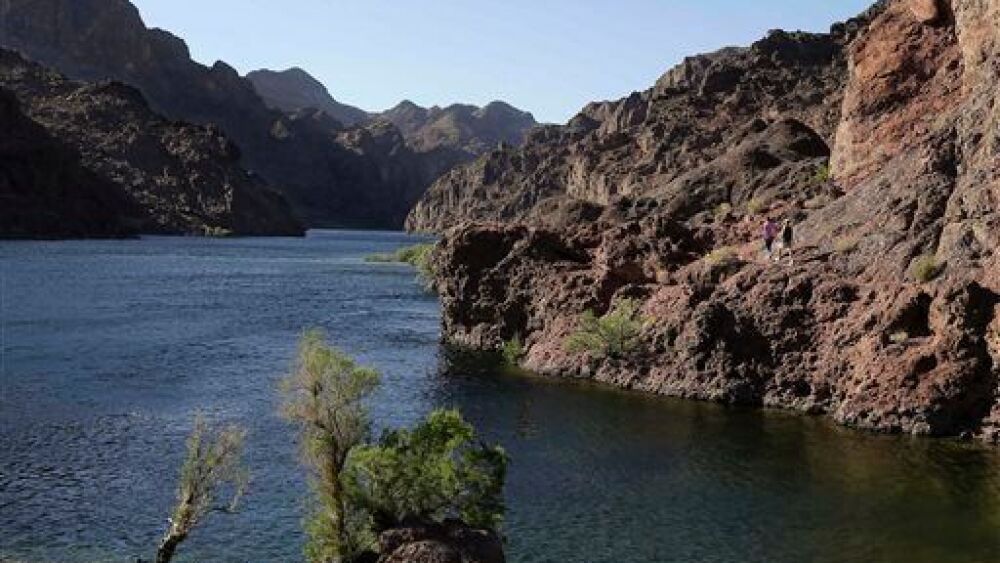In Colorado, Federal employees work on a range of management and research programs that fall under a vast environmental programmatic umbrella spanning numerous agencies. To get a sense of how President Donald Trump’s proposed budget cuts could effect the state’s workforce, The Colorado Independent looked at how many people in Colorado work for the Federal government on environmental and atmospheric programs.
From popular brownfields redevelopment projects and roughly half the nation’s Superfund sites, to agriculture, public lands conservation, mining, species monitoring and protection, water and air quality improvement, renewable energy research and climate change mitigation -- a lot of Federal environmental work the Trump budget aims to cut happens in Denver, Boulder, Lakewood, Loveland, Durango, Grand Junction, Golden and other Colorado cities.
The Independent mined the U.S. Office of Personnel Management quarterly report for September 2016 for data on full-time, part-time and seasonal workers. It showed that Colorado has 13,712 federal employees, not including contract workers, whom could be affected by the deep environmental budget cuts the Trump administration has proposed. Highlights include:
- The U.S. Department of the Interior’s nearly 7,000 workers with oversight of water, ranch land, mining, fish and wildlife, national parks and more. This agency includes National Parks Service, U.S. Geological Survey, U.S. Fish & Wildlife Service, Bureau of Reclamation, Bureau of Indian Affairs and several others.
- The U.S. Environmental Protection Agency, which employs 610 workers, including Region 8 headquarters in downtown Denver. That’s one of two regional EPA offices that could be consolidated under the administration’s proposal.
- The U.S. Department of Energy, which under its National Renewable Energy Laboratory, has 1,700 Colorado employees that oversee 13 research programs and 684 partnerships.
- The U.S. Department of Commerce, which has numerous employees that work on environmental-related programs, such as the 373 that work for the National Oceanic and Atmospheric Administration and National Weather Service, the 482 that report to the National Institute of Standards and Technology and the 1,231 with the National Center for Atmospheric Research, which does a great deal of Federal climate research.
- The U.S. Department of Agriculture, which has 2,068 employees under the U.S. Forest Service, 290 with the Natural Resources Conservation Service spread across 54 fields offices and more in other services.
“These cuts also will affect real jobs here in Colorado. The men and women who work at federal agencies in our state are doing incredibly important work for the nation,” said Jessica Goad of Conservation Colorado.
Former Colorado Governor Bill Ritter, a known clean energy advocate, also reportedly raised concerns about how the Trump budget could affect jobs across the state:
We’re no longer in a situation where you can separate out climate work from other air work and water work and public land use...It all matters…it’s all connected.”
The work of the above agencies also involves universities and other partners, as it tends to dovetail with state and local programs, according to The Independent.













